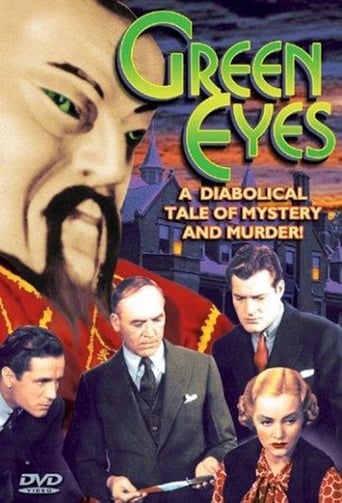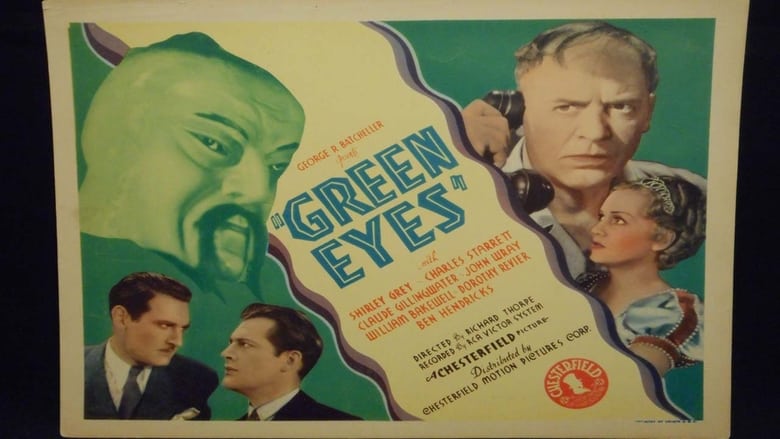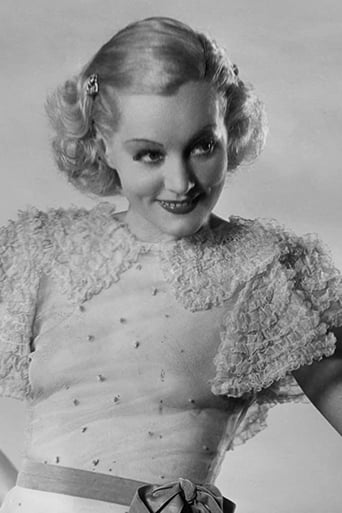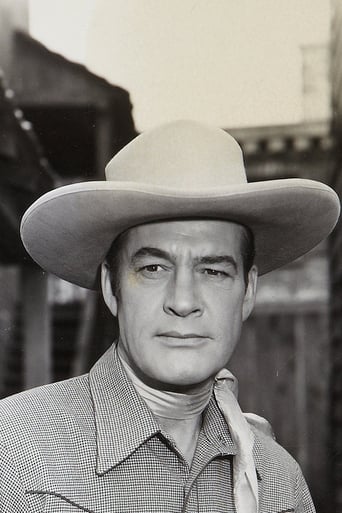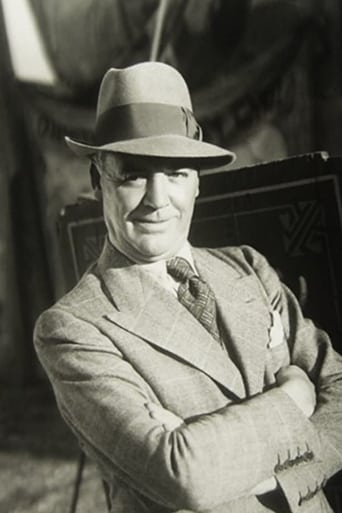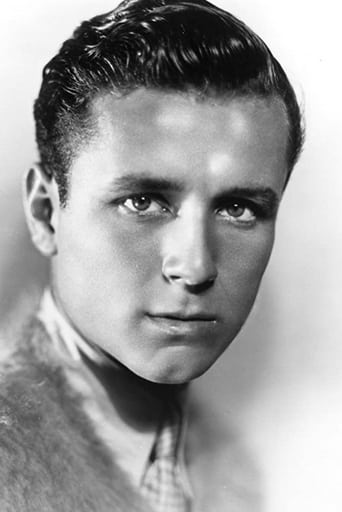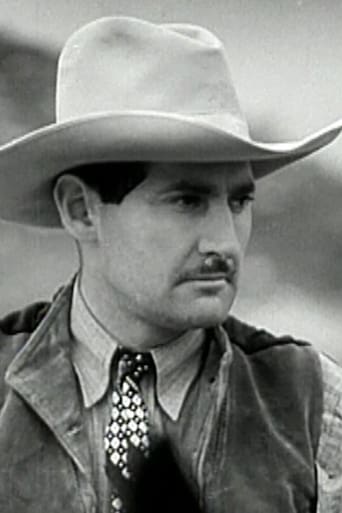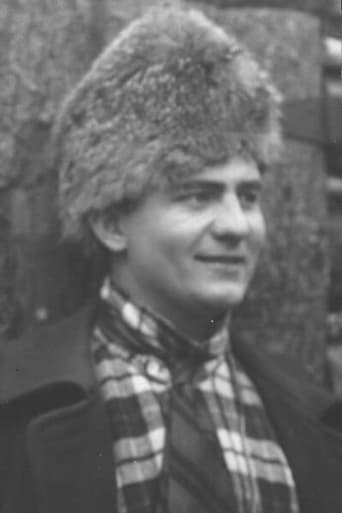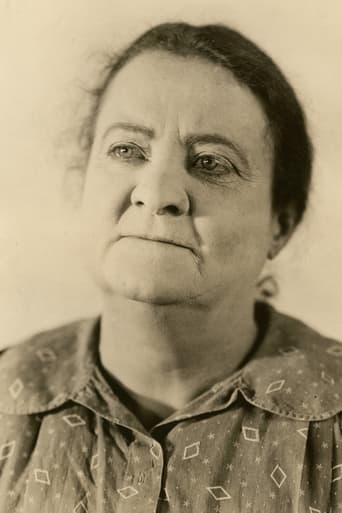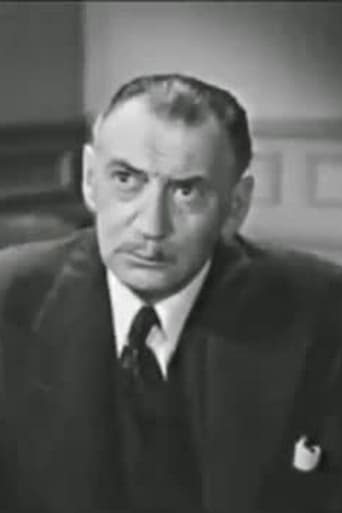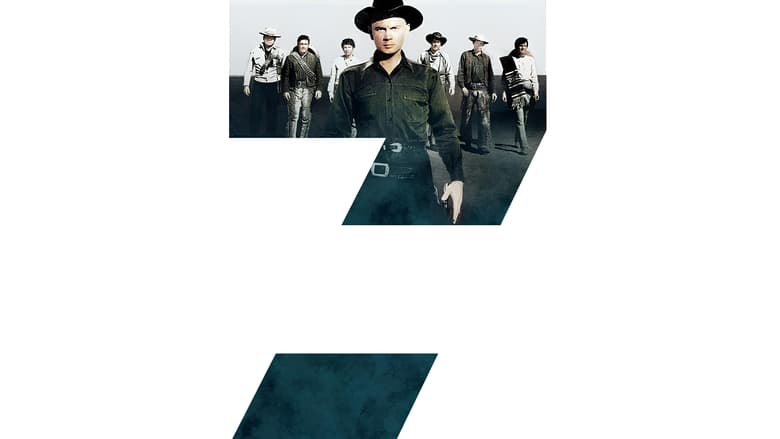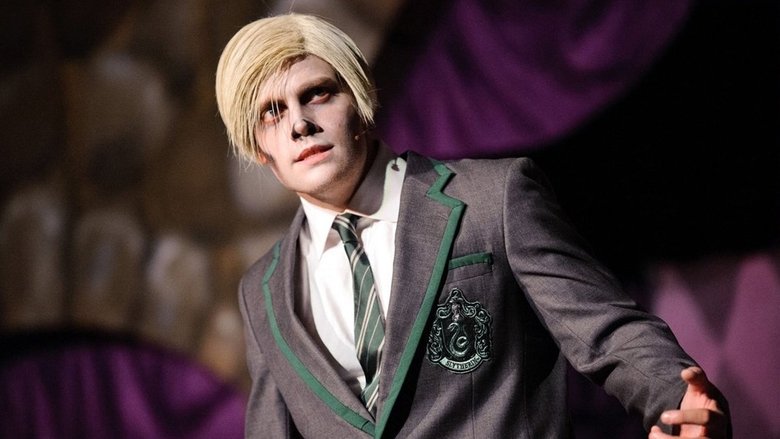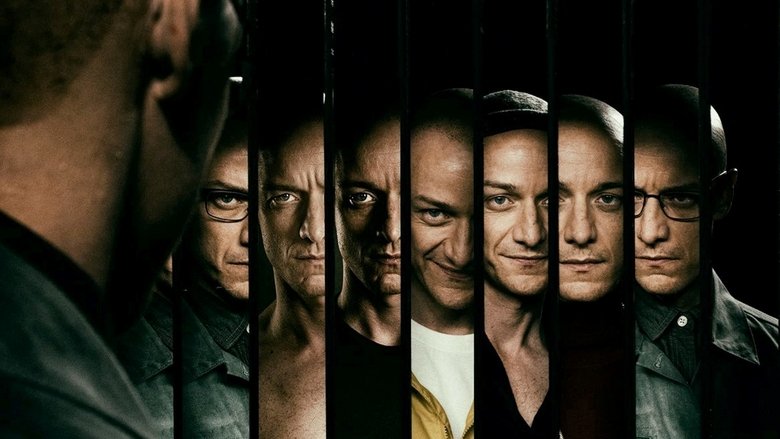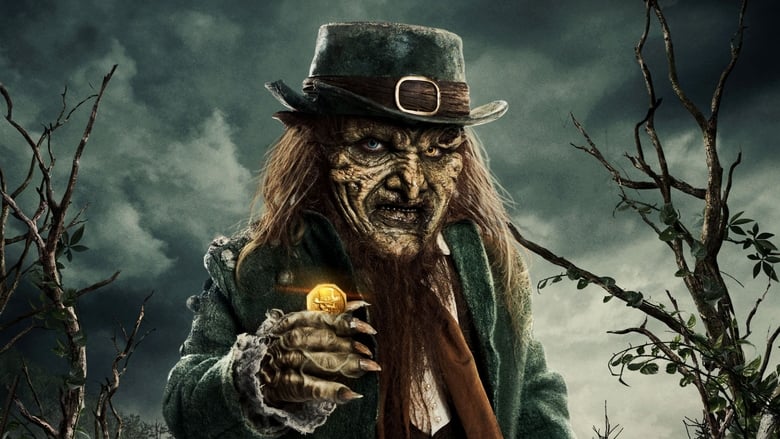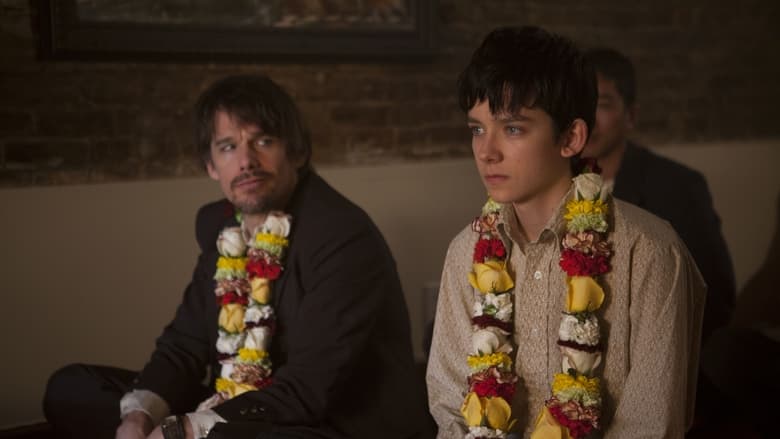The owner of a large mansion in the country throws a costume party for some of his friends. However, the party turns sour when he is found stabbed to death in a closet. The police and a guest try to discover who committed the murder.


Reviews
SYNOPSIS AND CAST LIST: Who killed Steven Kester (Claude Gillingwater), one of the meanest, grouchiest misers in Massachusetts? It has to be one of the guests at a midnight masquerade party, hosted by his daughter, Jean Kester (Shirley Grey). Perhaps the novelist hero, Bill Tracy (Charles Starrett)? Or Jean's pretty boy Romeo, Cliff (William Bakewell)? Or the millionaire's secretary, Pritchard (Alden Chase)? Or the secretary's lovely wife (Dorothy Revier)? Or the tycoon's housekeeper, Dora (Aggie Herring)? Or his butler, Lenox (Elmer Ballard)? Or his former partner, Hall (Arthur Clayton)? It's certainly not loud-mouthed Inspector Crofton (John Wray). Or the inspector's amiable offsider, Regan (Ben Hendricks, junior), or one of his uniformed motorcycle policemen (Frank Hagney), or the medical examiner (Frank LaRue). Nor the banker (Edward Le Saint), broker (Robert Frazer), chemist (John Elliott), lawyer Howe (Lloyd Whitlock), nor a guy named Raynor (Edward Keane), because their roles are too small. Director: RICHARD THORPE. Screenplay: Andrew Moses and Harriette Ashbrook. Based on the 1931 novel The Murder of Steven Kester by Harriette Ashbrook. No film editor credited. Photography: M.A. Andersen. Art director: Edward C. Jewell. Music director: Abe Meyer. Assistant director: Melville Shyer. Sound recording: L.E. Clark. Producer: George R. Batcheller. A Chesterfield Production, shot at Universal Studios.Copyright 14 June 1934 by Chesterfield Motion Pictures Corporation. No recorded New York opening. U.S. release: 15 June 1934. U.K. release through Gaumont British: 22 December 1934. Never theatrically released in Australia. 7 reels. 67 minutes.NOTES: Starrett's 26th of 166 movies.COMMENT: Harriette Asbrook's novel attracted a fair amount of critical attention back in 1931. Not that there was anything remarkable about the routine plot, the stereotyped characters or the drawing-room dialogue. (Best line is the hero's put-down to the police captain who describes him as a novelist: "I'm not exactly a novelist. I write detective stories.")What Miss Ashbrook did to break ground in the mystery field was to develop a plot capable of two different but entirely tenable solutions. These two scenarios are both entirely compatible with the facts. It's not until the last pages of the novel that one is eliminated and the other proved beyond doubt. The movie version muffs these opportunities. Mind you, the novel ran to a mighty 812 pages. Andrew Moses was forced to make drastic cuts to condense it down to 67 minutes.Fortunately, the players do somewhat come to the rescue. Claude Gillingwater easily steals the limelight as the surly Kester. We likewise enjoyed Ben Hendicks' ingratiating study of Wray's amiable assistant, and Arthur Clayton's nicely relaxed, pleasurable ease as the main suspect. Starrett is interesting too, as the buttinski writer, and Miss Grey makes a viable heroine who confounds the mold by not making so much as a single glance in our hero's direction. Inspector Wray, however, gets on our nerves a bit with his two limited styles of dialogue delivery: — loud and extra loud.Director Richard Thorpe has valiantly tried to give this over- long talk-fest a bit of pace, but is stymied by the almost total lack of action. Nonetheless, by the humble standards of Poverty Row, production values are reasonably glossy.
Made in 1934, less than a decade after the introduction of the 'talkie', this crusty old murder mystery makes the most of the relatively new sound technology, being 99.9% talk—which, consequently, makes the film 100% boring.Rather than concentrate on thrills and suspense, Green Eyes is all about the post-murder investigative procedure carried out by Inspector Crofton (John Wray), with a little amateur sleuthing from crime novelist Michael Tracy (Charles Starrett). Theories are bandied back and forth, clues are discussed, and suspects are interviewed at length, none of which is in the slightest bit entertaining.It's a whole load of talk, followed by some more talk, a little chit-chat, a bit of conversation, more talk, even more talk, and then well, you get the idea. By the end of this film, you'll be wishing that Al Jolson had kept his mouth shut and that the 'talkie revolution' had never happened.
Charles Starrett is a writer of murder mysteries who gets involved in—yes, a murder mystery. Nothing too original in Green Eyes, but a fair assortment of suspects and intriguing clues help maintain interest. Once again, it's a murder in a big old house in which nearly all of the film's action occurs. The event which sets the story in motion is the murder of the house's owner, one Steven Kester, during a costume party, and it's quickly established that his guests, his employees and even his granddaughter are not particularly sad to see him go. Even his butler can't find anything nice to say about him:Inspector Crofton: "What kind of a man was Mr. Kester to work for?" Lenox the butler: "He was a Simon Legree, sir. It's been most difficult to put up with him these past 20 years."For the first half of the film, John Wray as the inspector barks out a good half of all the dialog spoken as he rounds up clues and lays out the facts and motives. In the second half, we see more of Starrett as he quietly investigates while more noisily presenting a rather foppish front to most of the group. Shirley Grey and Dorothy Revier, as the two women involved in the case, are given just enough screen time to hint that their characters could contain some interesting depths; but alas, a 70-minute movie holds limited space for developing character studies. Nice touches: the goofy getups sported by the guests in the opening costume party and ensuing interrogation; the "green eyes" of the title; and a clever closing bit with Starrett at his typewriter.
This somewhat less than rewarding production is based closely upon a novel by Harriette Ashbrook: "The Murder Of Steven Kester", to a point of its inclusion of substantial swatches of Ashbrook's stilted dialogue, but since the original book remains safely confined within a rather narrow spectrum of sleuthing utilized by the English writer, it can be no surprise that the film is also dull and generally predictable. Action opens briskly with assistant director Melville Shyer, who also contributes the script, effectively leading a congregation of extras during a lively costume party sequence, this festivity organized at the home of wealthy Steven Kester by his granddaughter Jean (Shirley Grey) as a diversion to facilitate her unobstructed elopement with beau Cliff Miller (William Bakewell). Here the pace of the film begins to flag as journeyman director Richard Thorpe mishandles the tempo following discovery of Steven Kester's corpse, decorated with stab wounds, and a homicide investigation then begins under the supervision of Captain (or Chief, at times Inspector) Crofton (John Wray) who fails to acknowledge any recognizable form of correct investigative police procedures as he browbeats a large contingent of available suspects. Needless to report, many of these latter have apparent motives to have committed the slaying, and if Crofton neglects one of them, a meddlesome crime novelist, Michael Tracy (Charles Starrett), a recurring lead character as "Spike Tracy" in the publications of Ashbrook, is on hand to abet the detective. Viewers, however, will not require similar assistance, due to the story hardly being abstruse enough to challenge most armchair detectives. Production values for this low tier Chesterfield Pictures item are expectedly paltry, but some performances from players are to be valued, in particular a brief turn by Lloyd Whitlock, and neatly developed characterizations from Grey and Dorothy Revier as female suspects. Director Thorpe, ever respectful of his cast members, and especially of those whom are stage trained, leads with a loose rein.
